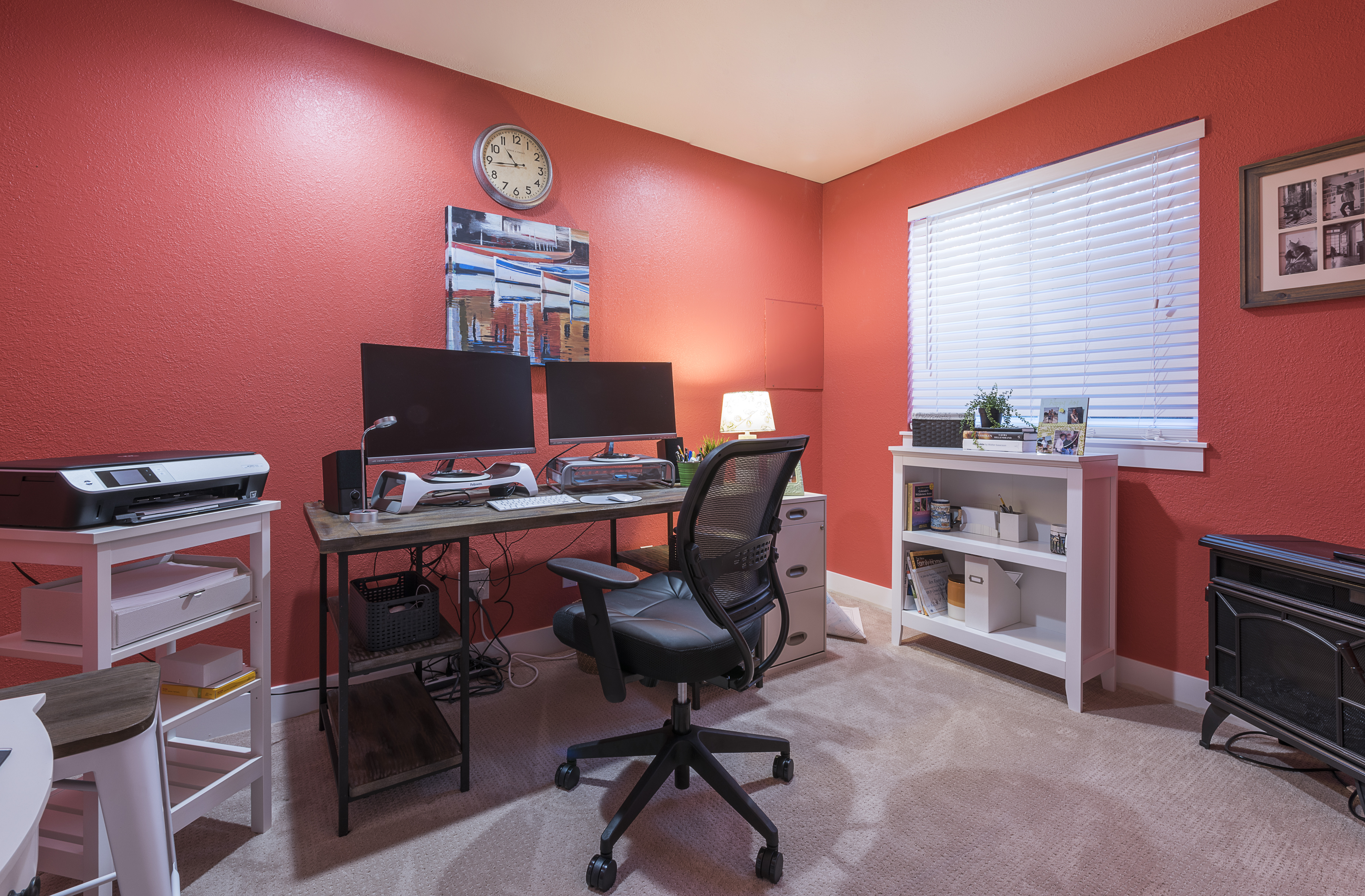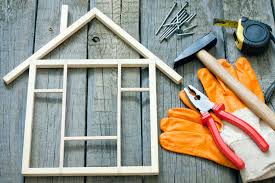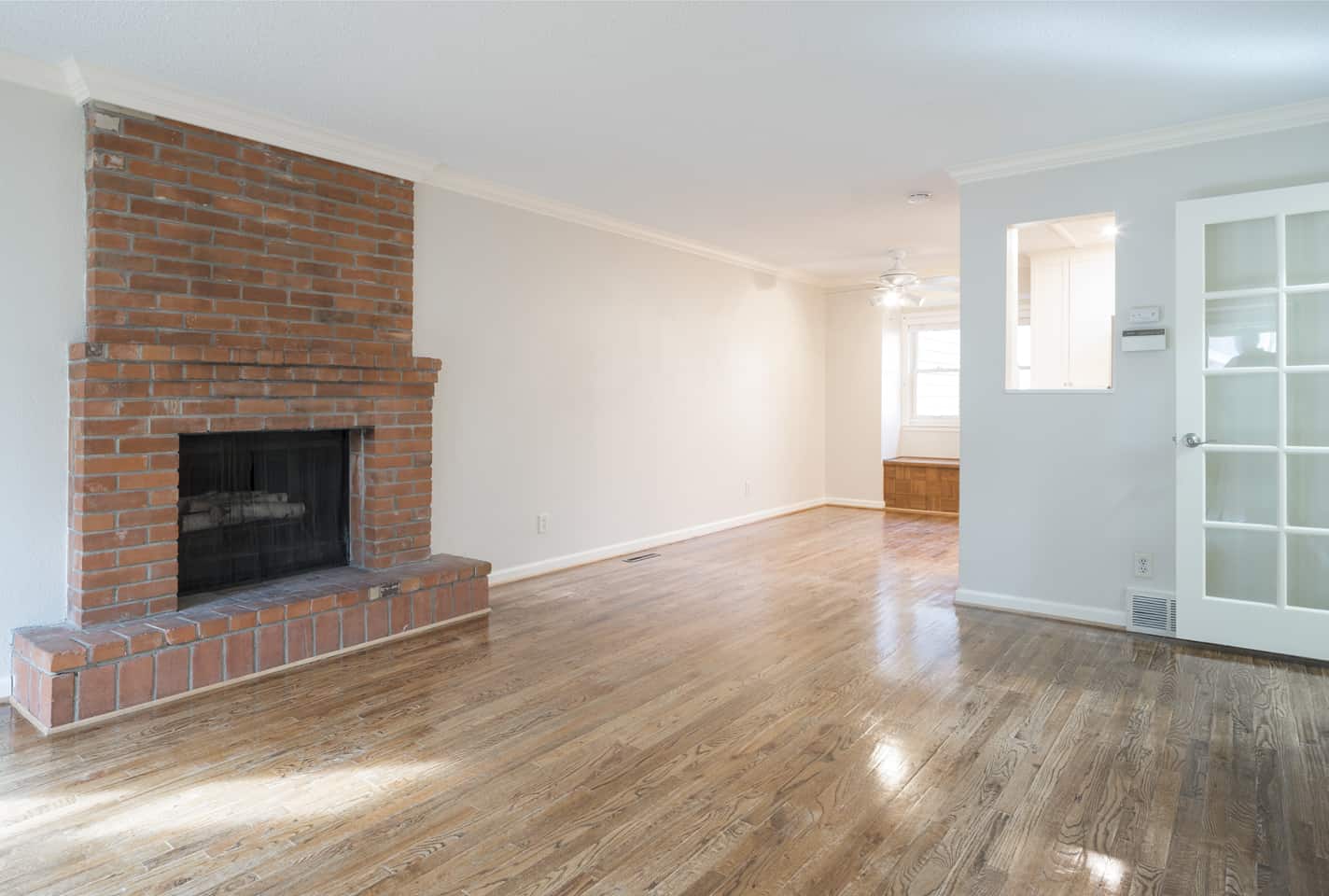Tax write-off No. 1: Your mortgage interest
This is the biggie tax benefit of owning a home: the ability to deduct the mortgage interest you pay over the course of a year. And the more recent your mortgage, the greater your tax savings.
“The way mortgage payments are amortized, the first payments are almost all interest—so that’s why the mortgage interest deduction is worth the most in the first few years of the loan,” says Wendy Connick, owner of Connick Financial Solutions. (See how your loan amortizes and how much you’re paying in interest with this mortgage calculator.)
Here’s how this deduction looks for a married couple in the 28% tax bracket (that means a joint annual income between $151,201 and $230,450) who bought a home with a $300,000, 30-year mortgage at a 4% interest rate. They will pay $11,904 in mortgage interest their first year. Once you add in the other itemized federal deductions below, these homeowners can expect to save at least $3,333 in taxes during their initial year of ownership.
Tax write-off No. 2: Your property taxes
Generally, your property taxes are deductible on your tax return, says Brian Ashcraft, director of compliance at Liberty Tax Service. And that could be a hefty savings. According to the U.S. Census Bureau, the average household property tax is $2,127. If you have a mortgage, your taxes are built into your monthly payment.
You can also pay property taxes early and write off the entire expense if you’re staring down a large tax bill for any given year. Just note that you must claim the deduction in the year you wrote the check. For example, if you paid your 2017 property tax in 2016, claim that tax benefit on your 2016 return. Here’s more info on how to calculate property taxes.

Tax write-off No. 3: Private mortgage insurance
If you put less than 20% down on your home, odds are you’re paying private mortgage insurance, or PMI, which costs from 0.3% to 1.15% of your home loan. But Uncle Sam’s willing to give you a tax break here by allowing you to deduct this amount from your income, too.
How much you’ll save: If you make $100,000 and put down 5% on a $200,000 house, you’ll pay about $1,500 in annual PMI premiums and thus cut taxable income by $1,500.
Note: The deduction is due to expire this year, says Connick. “Unless Congress renews it, the deduction will not be available for the 2017 tax year.”
Tax write-off No. 4: Energy-efficiency upgrades
Don’t miss out on tax credits for any “green” updates you’ve done to your home in the past year, says Michael Banks, founder of FortunateInvestor.com. The Renewable Energy Efficiency Property Credit allows you to claim a credit for up to 30% of the cost of equipment you purchased that uses renewable energy sources (e.g., solar panels and wind turbines).
Other home upgrades like new HVAC systems, energy-efficient windows, and storm doors can also earn a tax credit of up to $500. For example, if you installed central air conditioning, you can claim a $300 credit. This credit for residential energy-efficiency improvements expired at the end of 2016, so hopefully you made these improvements last year. If not, there’s still time for solar panels, since this credit runs through 2019.

Tax write-off No. 5: A home office
If you work from home, your office space and expenses can be deducted from your income, too. According to Vincenzo Villamena, managing partner of Online Taxman, you can take a $5-per-square-foot deduction for up to 300 square feet of office space, which amounts to a maximum deduction of $1,500. Understand, however, that there are strict rules on what constitutes a dedicated, fully deductible home office space. Your accountant can lead you through it.
Tax write-off No. 6: Home improvements to age in place
Many older homeowners plan to stay put and age in place—and if that entails renovations such as wheelchair ramps or grab bars in slippery bathrooms, the cost of these improvements for you, a spouse, or dependent results in a nice tax break, says Jayson Mullin, owner of Top Tax Defenders.
“You can deduct the amount by which the cost of the improvements exceeds the increase in your home’s value,” says Mullin. To break that down, let’s say the cost of installing a ramp totals $10,000 and increases your home’s value by $7,000. Then the allowable deduction would equal $3,000.
Just remember, these “aging in place” deductions must cost more than 10% of your adjusted gross income. So if your AGI is $60,000, there’s no deduction for the first $6,000 of medical home improvement expenses. But if you’re 65 and older, the expense must exceed only 7.5% of your AGI.

Tax write-off No. 7: Interest on a home equity line of credit
If you’ve tapped into your home equity by taking out a home equity line of credit, or HELOC, the interest you pay on the loan is also deductible provided you use this money to pay for home improvements or repairs.
How much you’ll save depends on the amount borrowed, but let’s crunch some sample numbers: If you take out a four-year $20,000 HELOC at 4%, you’ll have an $800 deductible that will save you about $205 in the first year of your loan. Use this calculator to see how much you’ll save.



Join The Discussion